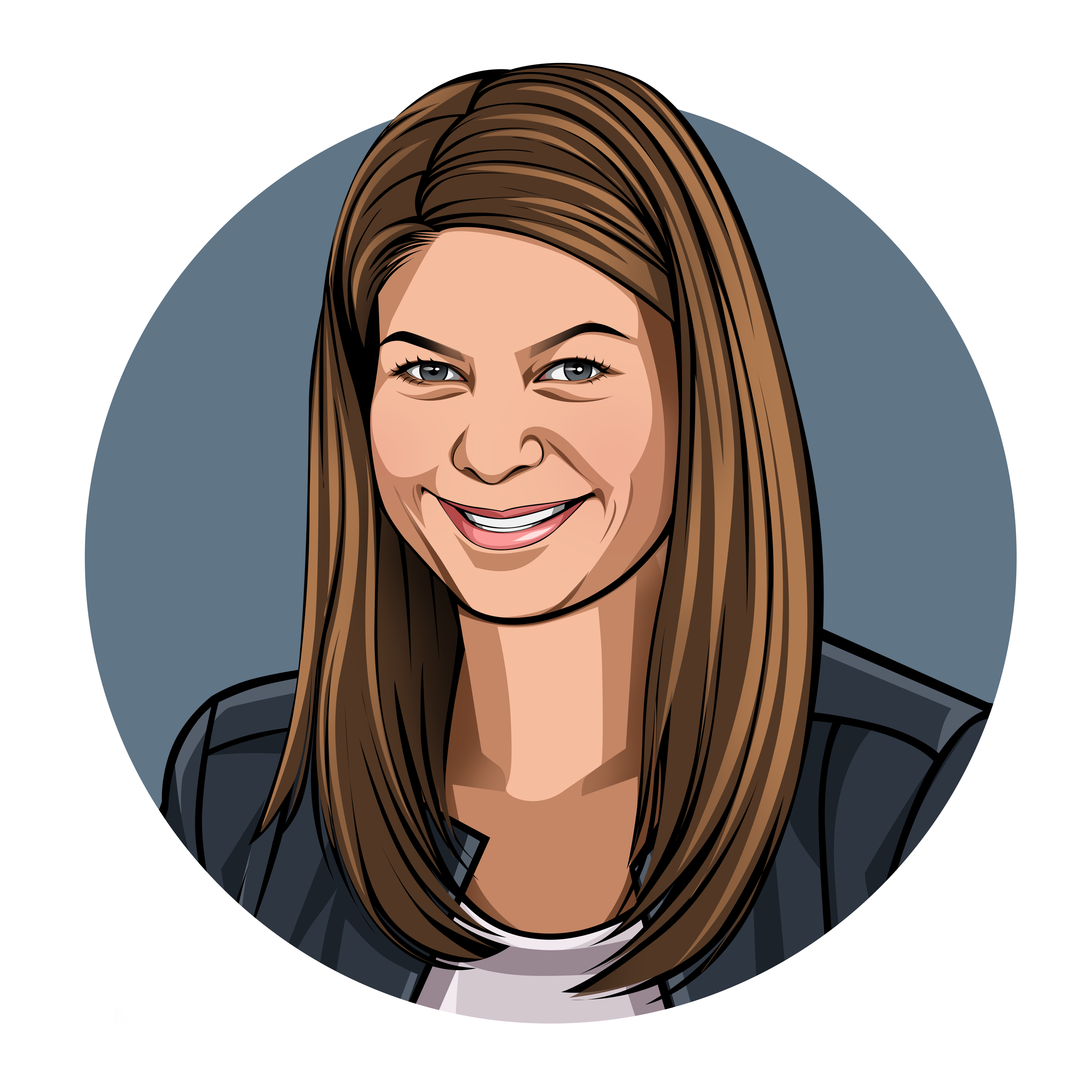Using Design to Inspire Disruptive Thinking
Emotion factors into customer experience, and as a result, into purchasing decisions. A customer’s experience isn’t just about features, it also includes how the product or experience makes them feel. It’s the moments of delight a customer encounters, and also the overall feeling they take away after interacting with your product.
Great customer experience is why travelers opted for Virgin America when United and American Airlines offered more flights per day. The Virgin experience, and the brand’s unique personality was ultimately more appealing than other airlines’ “feature” set
Investing in design to create an experience, rather than just a product and feature set, can be a key element of a company’s success.
Design is empathetic
Design can be seen as abstract concept. Robert Brummer, industrial designer and founder of SF-based design studio Ammunition has said: “Everyone is a designer.” What he means is that all of the people involved in bringing a product to life (the engineer, the manufacturer, the product manager…) need to be bought in to the design vision since they’re executing on different parts of this shared strategy.
Empathy is critical for design success. When you understand the context of a product’s use (and how the person using it feels), you make really important discoveries. Understanding your users doesn’t just mean interviewing them — observation can be even more revealing. Observations uncover insights that interviews may not because users will often tell you how a process is supposed to work, rather than show you how it actually works.
To ensure that every decision reflects the best user experience, startups can keep these key principles in mind:
Five Key Principles
- Make it simple — Find a way to make someone’s life easier, and maintain your focus there. It takes discipline to keep things simple, but focusing on doing one key thing really well could be a differentiator.
- Inspire delight — Create efficiency around a pain point. Help users complete something in an engaging and compelling way.
- Exhibit craftsmanship — Pay attention to details. \ Think about going to a Disney resort:you instantly become part of a crafted, well-orchestrated experience.
- Deliver unique value — Avoid getting trapped in incremental improvement. Be sure you’re focused on doing something unique and different. The NEST thermostat is a great reminder that there are opportunities for breakthrough innovation even for everyday household objects.
- Focus on human goals — Understand your customer’s world. Take time to understand who your users are.Don’t trust internal opinions only because your perspective may not reflect the greater population.
A design-focused process
Design-driven companies use collaborative teams to get to disruptive ideas faster. Product management, product marketing, and design should work together from day one. Here’s an outline of a development process that puts your users first:
- Discovery — Focus on your customer development work to uncover your users’ needs first.
- Conceptual design — Use the data you discovered to ideate upon possibilities.
- Detailed design — Narrow your scope. Sketching, wireframing and prototyping, and then sharing these prototypes can help you get specific and disrupt assumptions.
- Implementation — Discus tradeoffs and ensure that with every change you’re not compromising the overall experience.
- Post ship — Go back and talk to your users again. You may find new opportunities for the next version.
Find the right people
For small companies unaccustomed to hiring designers (and other user experience professionals like researchers, prototypers, or writers), finding the right people can be challenging. Design is an iterative process, so whomever you hire should be willing and able to work with you through a development process, listen to feedback, and make changes.
Communication is key. Your designer should be able to answer questions about why they made certain decisions, communicate to you why the overall design proposal works, and, as noted before, take constructive feedback. There’s lots of talented new grads and contractors who’d be motivated to work with startups and small companies. Working with a company where design is a priority at the earliest stages of growth should be an attractive prospect for designers. The benefits gained from designing an overall customer experience should prove invaluable to your business.

About Catherine Courage
Catherine serves as Vice President of Ads & Commerce User Experience at Google Inc. She was previously SVP of Customer Experience at Citrix Systems, Inc. where she led the company-wide customer experience initiative with responsibilities covering brand, social, web, product design, information experience and business process reinvention all to drive adoption and loyalty among customers, partners, and employees. She also served as SVP of Customer Experience of DocuSign, Inc. and the Founding Member of the experience team at Salesforce.com. She has twice been recognized by Silicon Valley Business Journal as one of 2011’s 40 under 40 and 2013’s Women of Influence. Ms. Courage holds a Masters of Applied Sciences, specializing in Human Factors, from the University of Toronto and Bachelor of Science from Memorial University of Newfoundland.
About the Alchemist Accelerator
Alchemist is a venture-backed initiative focused on accelerating the development of seed-stage ventures that monetize from enterprises (not consumers). The accelerator’s primary screening criteria is on teams, with primacy placed on having distinctive technical co-founders. We give companies around $36K, and run them through a structured 6-month program heavily focused on sales, customer development, and fundraising. Our backers include many of the top corporate and VC funds in the Valley — including Khosla Ventures, DFJ, Cisco, and Salesforce, among others. CB Insights has rated Alchemist the top program based on median funding rates of its grads (YC was #2), and Alchemist is perennially in the top of various Accelerator rankings. The accelerator seeds around 75 enterprise-monetizing ventures/year. Learn more about applying today.

